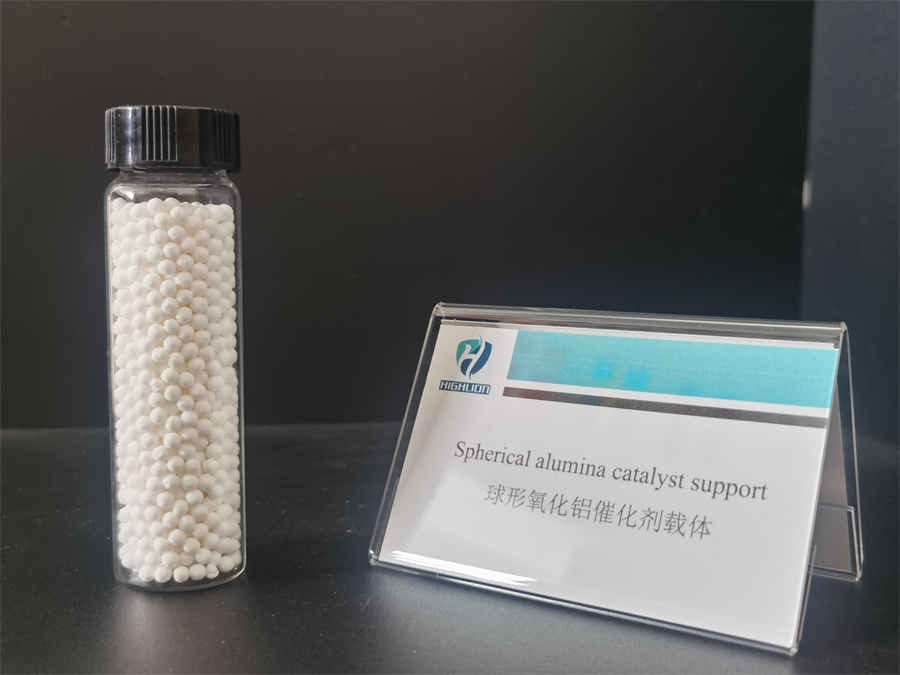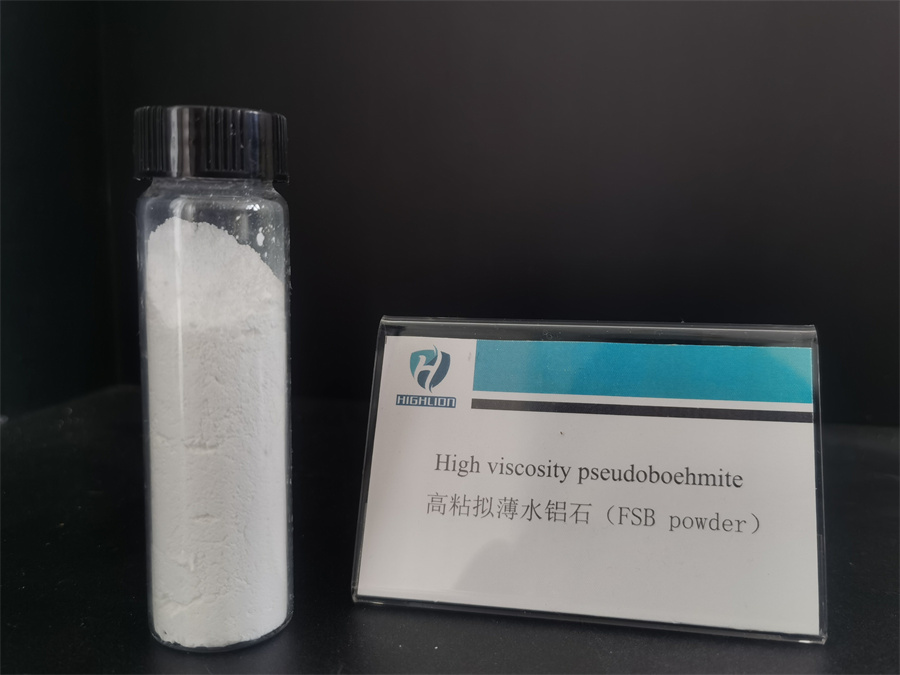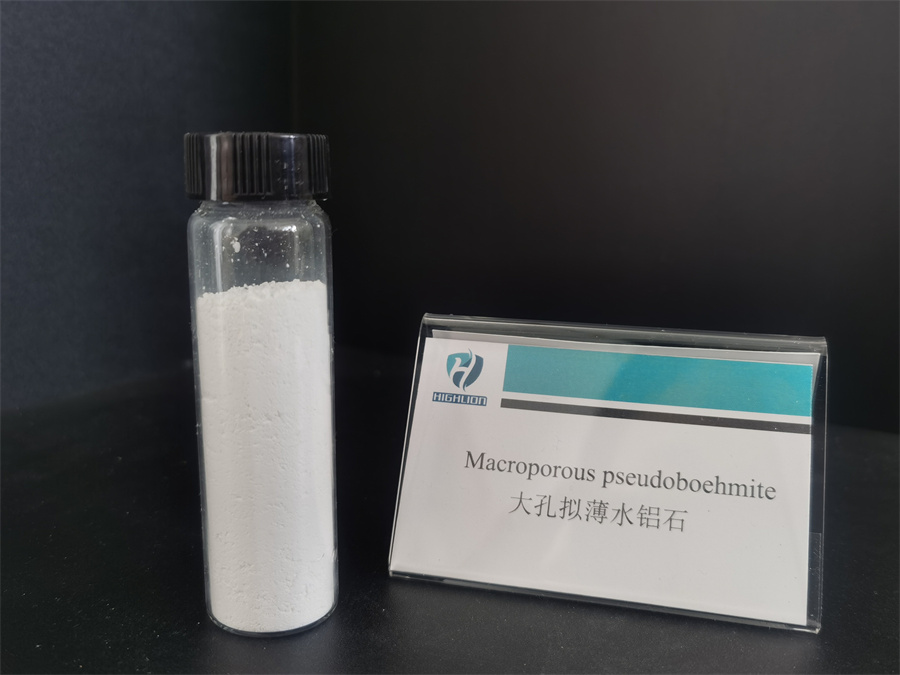Catalytic isomerization and reforming catalyst

Catalytic isomerization and reforming are two distinct refining processes, although both involve catalytic reactions and are used to improve gasoline quality. They differ significantly in objectives, principles, and applications:
1. Different Target Products
– Isomerization: Primarily converts straight-chain alkanes (e.g., n-pentane, n-hexane) into branched isomers (e.g., isopentane, isohexane), increasing gasoline octane number without changing carbon count (molecular weight remains the same).
– Reforming: Converts low-octane naphtha (containing cycloalkanes and straight-chain alkanes) into high-octane aromatics (e.g., benzene, toluene) and branched hydrocarbons, while co-producing hydrogen, and may reduce molecular weight (e.g., via dealkylation).
2. Differences in Reaction Mechanisms
– Isomerization:
– Simple reactions, using acidic catalysts (e.g., Pt/zeolite, aluminum chloride) to rearrange straight-chain alkanes into branched structures.
– Example: n-hexane → 2-methylpentane (single branching).
– Reforming:
– Involves complex reactions (aromatization, dehydrogenation, cyclization, cracking, etc.) and requires bifunctional catalysts (e.g., Pt-Re/alumina).
– Example: Methylcyclopentane → Benzene + 3H₂ (aromatization).
3. Comparison of Process Conditions
| Parameter| Isomerization | Reforming|
|—————-|————————–|————————–|
| Temperature | Low (120–250°C) | High (480–530°C) |
| Pressure | Medium-high (20–40 bar) | Low (5–15 bar) |
| Hydrogen | Requires external H₂ to suppress cracking | Self-generates H₂ |
4. Industrial Applications
– Isomerization:
– Processes light naphtha (C5-C6 fractions), with products directly blended into gasoline.
– Typical octane boost: n-pentane (61.7) → isopentane (92.3).
– Reforming:
– Processes heavy naphtha (C6-C11 fractions), producing high-octane reformate (RON 95–105) and aromatic feedstocks for petrochemicals.
5. Byproducts & Economic Considerations
– Reforming co-produces hydrogen, a critical resource for refineries, whereas isomerization does not.
– Reforming units have higher capital costs (due to high temperatures/complex reactions) but yield higher-value products (aromatics for chemicals).
Conclusion
Though both are gasoline-upgrading processes, isomerization is a simple skeletal transformation of light fractions, while reforming involves deep conversion of heavy fractions. In practice, refineries may combine them—first isomerizing light components, then reforming heavier cuts—to maximize efficiency.

